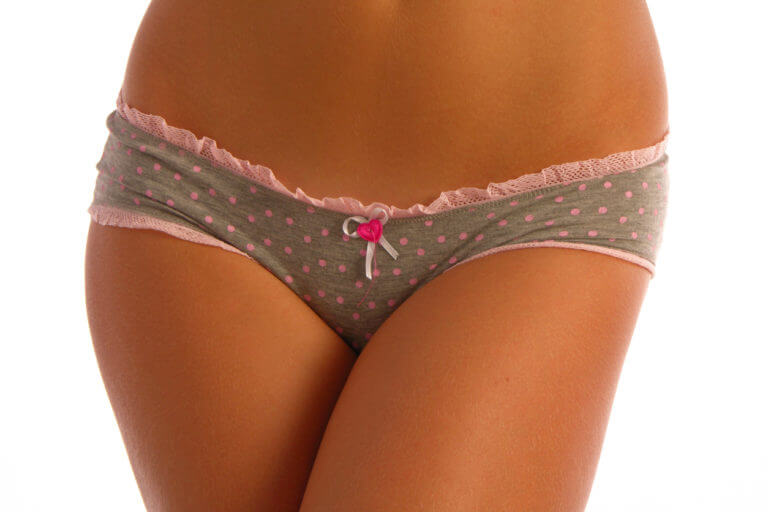
Your reproductive system, otherwise known as your lady parts, is what sets you apart from men. The breasts, vagina, cervix, uterus, and ovaries all make up the reproductive system. It’s important to be educated about your body, so you can sense when something is wrong and seek medical attention.
Here is a quick lesson on your lady parts:
Breasts
Your breasts are located farthest from the other reproductive organs. They produce milk to supply to an infant. However, breasts are considered a part of the reproductive system for women. It is important to do monthly self-checks for lumps or abnormalities in your breasts, as well as get yearly breast exams with a gynecologist.
Vagina
The vagina has an acidic environment and serves as the entry point to the rest of your reproductive organs. The acidity protects against harmful bacteria. The vagina is expandable and can accommodate childbirth. It is also where blood exits during menstruation. It is a self-cleaning organ, which requires no douching and other products to keep it clean. A telling sign that something is not right is if the vagina emits a foul smell, which could be a sign of an infection.
Cervix
The cervix is located between the vagina and the uterus. It is two inches long and its function is to support the uterus during pregnancy. Sperm also passes the cervix to reach the ovaries. The cervix opens during pregnancy to make way for the baby. It also keeps the baby in place before being born. Therefore, keeping the cervix healthy is important. Dietary choices can contribute to a stronger cervix. Eating foods such as broccoli, spinach, raspberry, and grapefruit can help make the cervix healthier.
Uterus
The uterus is a pouch the size of a fist. It is where a fetus develops during pregnancy. Once the egg becomes fertilized, it implants itself in the lining of the uterus. Within the uterus, the fetus receives the nourishment it needs to grow. If not pregnant, the endometrial lining of the uterus sheds every month in women of reproductive age. The uterus also provides structural support to the bladder, bowels, and pelvic bone.
Fallopian Tubes
The fallopian tubes are what connect the ovaries to the uterus. They are no more than 12 cm long. During ovulation, the fertilized egg travels through the tubes to be transported to the uterus. Problems with the fallopian tubes can cause fertility issues.
Ovaries
The ovaries are located on the left and right side of the uterus. As part of both the reproductive and endocrine systems, the ovaries produce eggs and reproductive hormones (estrogen and progesterone). The eggs are enclosed in a follicle, one of which will mature every month during ovulation. Menopause marks the end of a woman’s reproductive age, when all of the follicles that hold eggs are lost.
Gynecologist in Syracuse, NY
Any questions about your lady parts are best answered by a gynecologist. If you have concerns about your reproductive function, such as breast pain, irregular periods, pelvic pain, or vaginal dryness, make an appointment with one of our gynecologists at University OB/GYN Associates. Our OB/GYNs truly care and provide compassionate care to our patients. To make an appointment, call (315) 464-5162 today.



